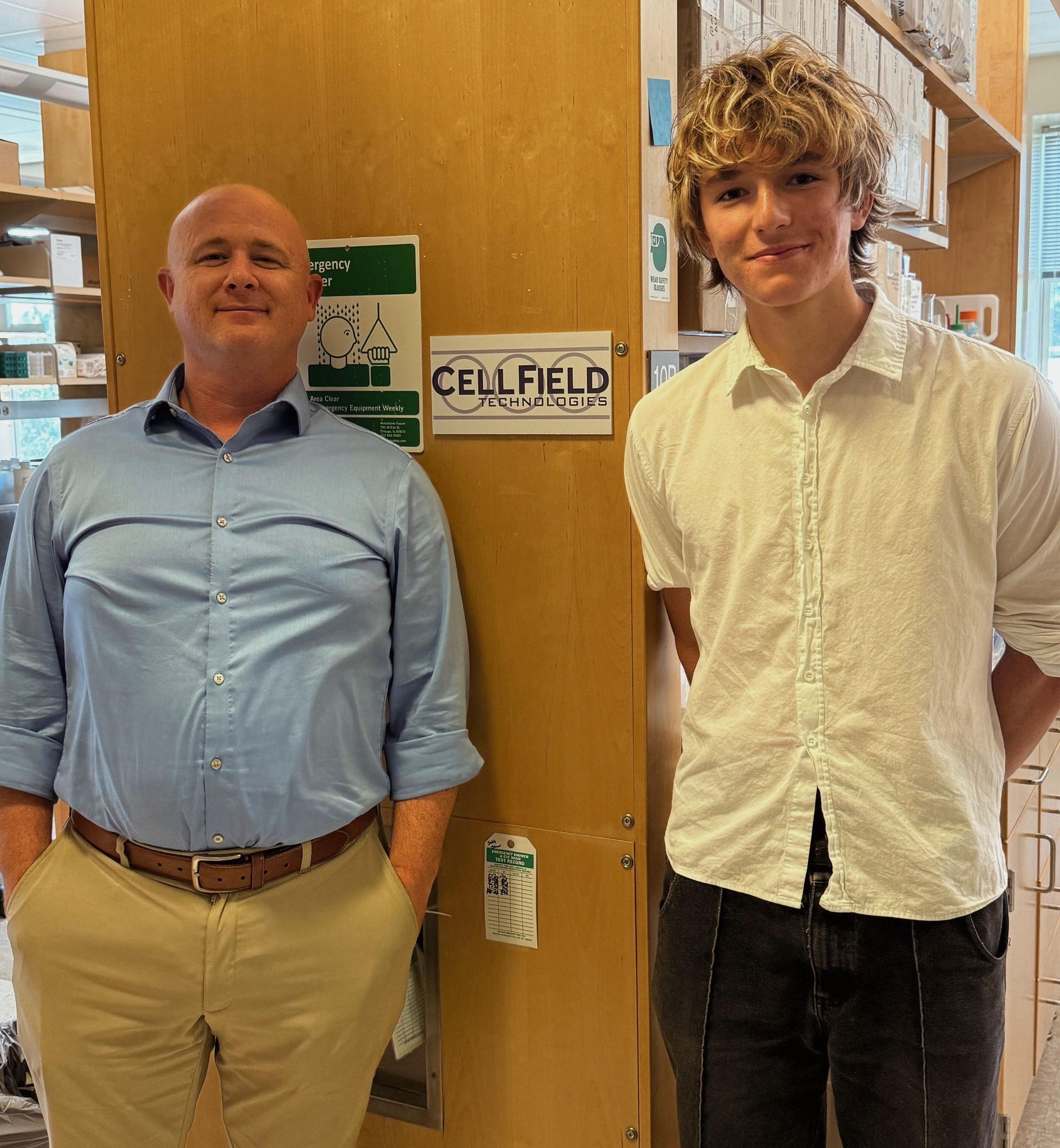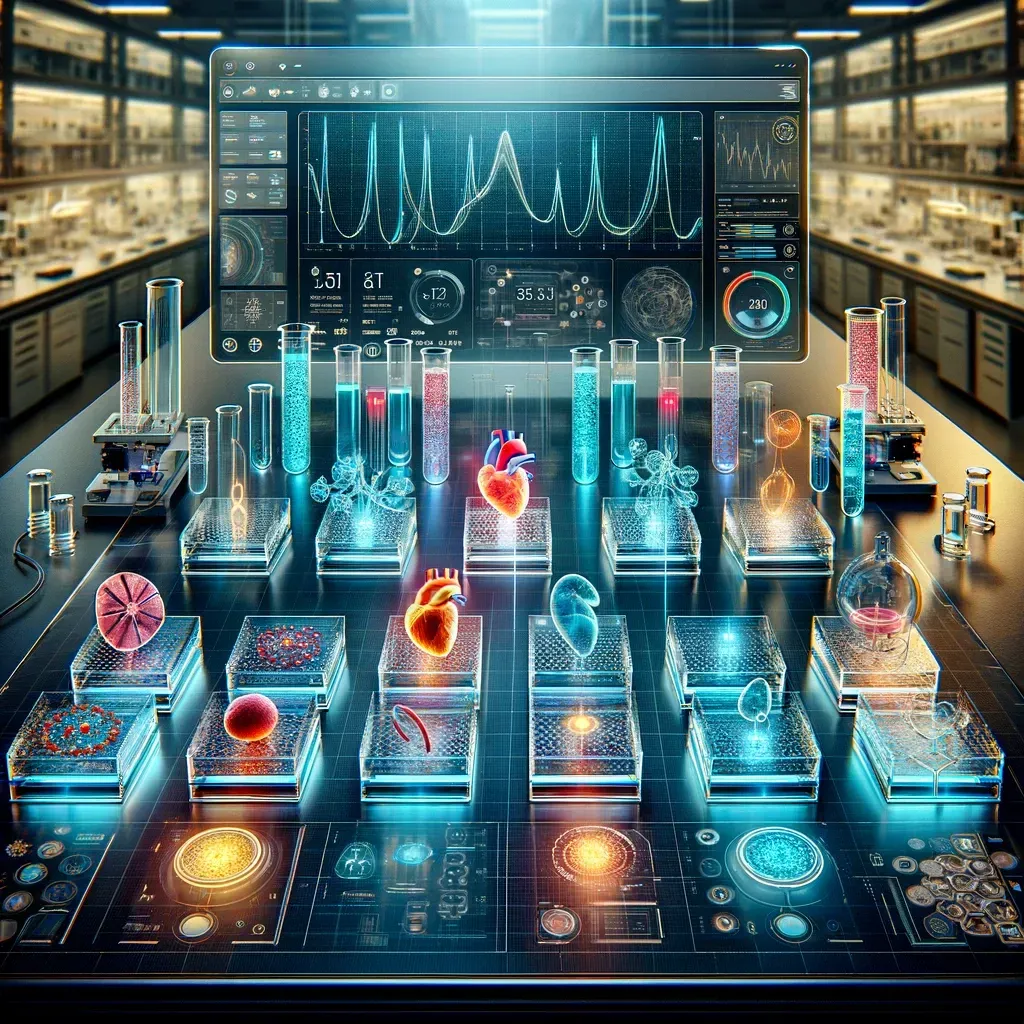How Micro-Physiological Systems (MPSs) Are Revolutionizing Drug Development
The Dawn of a New Era in Drug Development

In an age where the pace of medical innovation continues to accelerate, the biotechnology sector stands on the brink of a monumental shift. Micro-physiological Systems (MPSs) are at the forefront of this transformation, offering a promising solution to some of the most persistent challenges in drug development innovation. These platforms represent a significant leap forward, providing a more accurate, efficient, and scalable approach to preclinical testing.
The Limitations of Traditional Models
For decades, the drug development process has been both time-consuming and costly, with a high rate of failure in clinical trials. Traditional in vitro models and animal testing have been invaluable, yet they often fail to mimic human physiological responses accurately. This discrepancy has led to the need for a more representative model of human biology, a need that micro-physiological systems are uniquely positioned to fill.
A New Standard for Accuracy and Efficiency
Micro-physiological systems are redefining the approach to preclinical testing by enabling the cultivation of human cells in an environment that closely replicates the natural, physiological conditions of human tissues. This innovative approach facilitates the observation of more accurate drug interactions and side effects early in the development process, significantly reducing the time and resources spent on non-viable drug candidates.
Enhancing Drug Development Innovation
The flexibility and scalability of these systems support a wide range of applications, from testing drug efficacy and toxicity to understanding disease mechanisms. By incorporating biotechnology advancements, researchers can now simulate complex human tissue and organ interactions, paving the way for groundbreaking discoveries in drug development.
Bridging the Gap Between Laboratory and Clinic
In vitro models, particularly those developed through micro-physiological systems, have become invaluable tools in bridging the translational gap between laboratory research and clinical application. By providing a more nuanced understanding of human biology, these models are accelerating the path from discovery to treatment, bringing new therapies to market faster and more safely than ever before.
The Future Is Now
Illustrative examples of micro-physiological systems in action underscore their potential to revolutionize the industry. From oncology to regenerative medicine, these platforms are facilitating the development of targeted therapies with unprecedented precision. Success stories highlight not only the versatility of these systems but also their ability to deliver tangible benefits in the quest for more effective treatments. As we stand on the threshold of a new era in medical science, micro-physiological systems are leading the charge in drug development innovation. Their ability to mimic human physiology accurately promises to streamline the drug development process, reduce costs, and, most importantly, save lives. As this technology continues to evolve, its impact on the biotechnology landscape will undoubtedly grow, heralding a future where the development of life-saving drugs is both more efficient and effective.
Biotech News




